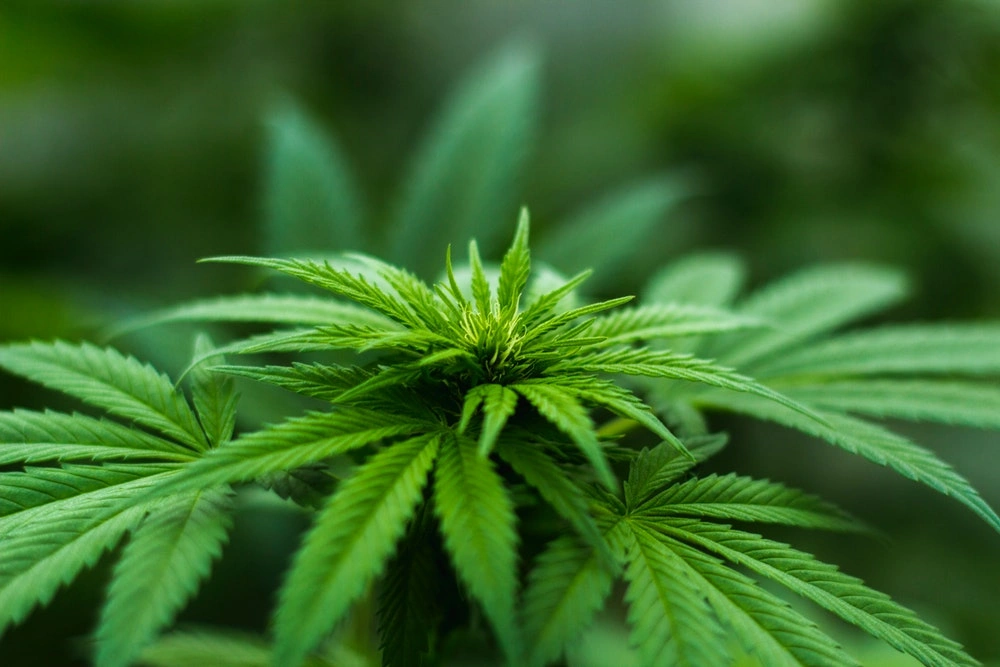In 1996, California became the first state in the United States to legalize the use of medical marijuana. The original legislation ensured seriously ill citizens of California could gain access to the drug as a form of treatment. Since then, multiple states have legalized the use of medical marijuana.
However, marijuana legalization is very complicated, even if its for medical purposes. So are marijuana leaves legal everywhere? Can you purchase and grow your own marijuana seedlings? And how can you use medical marijuana without breaking the law?
Learn the answers to these important questions today.
Why is Medical Marijuana Needed?
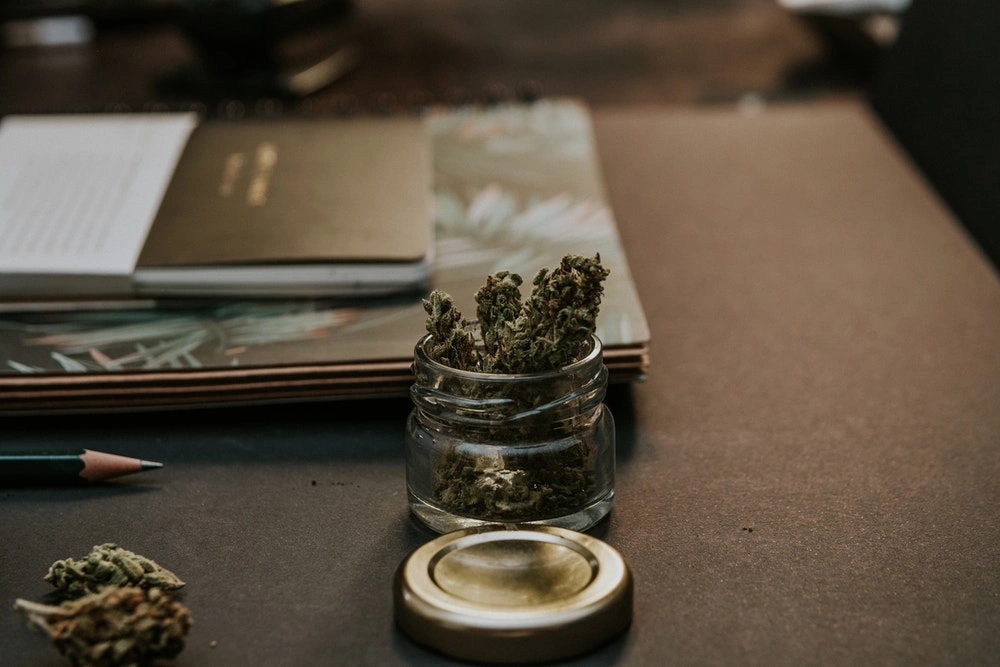
The usefulness and benefits of marijuana as a form treatment has already been well-documented. The plant contains chemicals that can help change mood, modulate certain sensations and even have physiological effects on the body.
Is marijuana a depressant? Yes, the active chemical component, found in marijuana leaves and seeds, is tetrahydrocannabinol, or THC does have a dampening effect on the brain, acting like a chemical depressant. This chemical component has a variety of medical uses, whether they’re in crushed leaves or as liquid marijuana.
Here are some of the ways marijuana is employed to help with medical conditions.
-
Pain Management
One of the most common reasons physicians prescribe medical marijuana is to provide pain relief and management. This works because THC interacts with the user’s body own pain receptors. The chemical then alters how these receptors receive pain, allowing some relief. Marijuana is often prescribed to people with chronic pain problems such as those with rheumatoid arthritis or advanced cancers, which can cause painful tumors.
-
Prevent Nausea
Tetrahydrocannabinol can also act as a powerful drug to help reduce the symptoms of nausea. This condition often arises as a side effect of some other treatment or ailment. For example, nausea can be a symptom of both serious diseases such as Lyme disease or simple conditions like motion sickness. Because of how powerful and quick acting it can be, marijuana leaves and other forms of the drug are only prescribed to patients who suffer from constant or severe nausea, such as patients receiving chemotherapy which can trigger intense vomiting.
-
Treatment Option
One of the more exciting developments in marijuana news are studies exploring its uses as a form of treatment rather than a pain management medication or supplement. Researchers have been examining marijuana and discovered that it has promising effects as a way to treat glaucoma, a serious eye condition that could lead to blindness. THC has also been credited with cancer preventive properties but these studies are still being examined.
-
Control Emotions
Finally, marijuana is a depressant, which means it decreases agitating neural synapses and produces a calming effect. This calming effect is related to the way it alters the body’s chemical receptors, reducing alertness to some degree.
Although this is of course dangerous in certain cases, marijuana is sometimes prescribed for people who suffer from prolonged stress or mental difficulties. For example, people living with post-traumatic stress disorder often use marijuana leaves to calm down and prevent distressful episodes.
What are the Forms of Medical Marijuana?
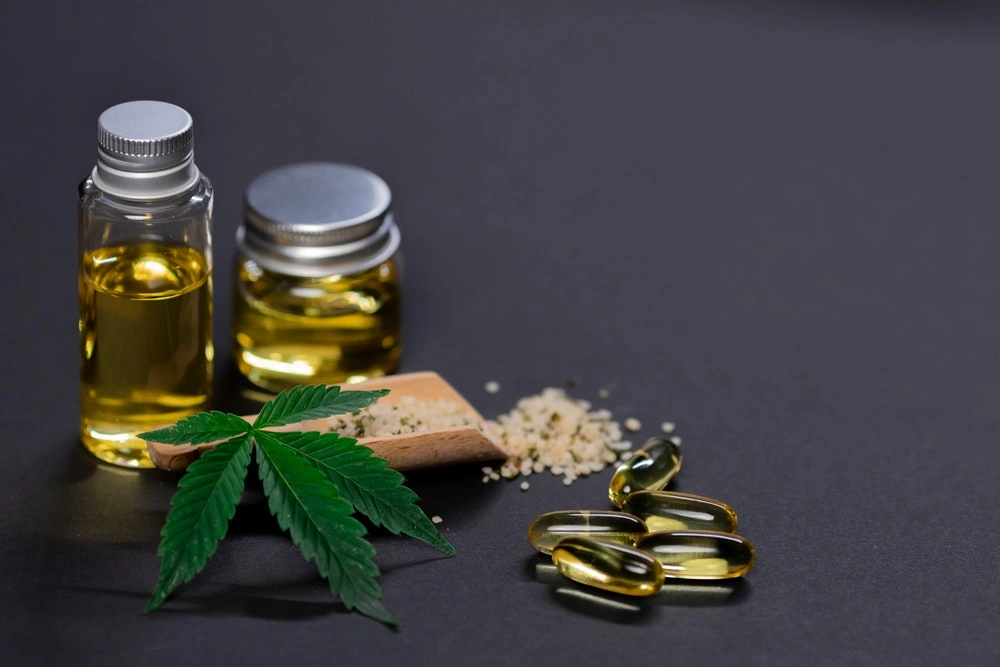
Marijuana is a plant and marijuana seedlings are worth a lot because they can provide a virtually endless source. This is why it is just as regulated as the finished product. If you go to a registered dispensary for marijuana, you may encounter different forms of the substance.
Some forms of marijuana are more appropriate or easier to consume for different conditions. For example, if you don’t want to carry around marijuana paraphernalia, edible forms of the substance can be better suited.
The primary forms of marijuana are as follows:
-
Dried Leaves
Marijuana leaves and seeds contain the highest concentration of THC in the plant and are thus the most easily recognizable forms. Dried marijuana leaves are either ignited and the fumes inhaled or they can be steeped or infused to extract the THC. These are sold by the gram in registered dispensaries.
-
Pills
Some dispensaries recognize that patients may not be comfortable carrying around marijuana paraphernalia, so they grind and process the leaves beforehand. These can be then pressed into pill form for easy consumption. Sometimes, the concentrated oil derived from marijuana leaves are congealed into pill or capsules like fish oil.
-
Liquid Marijuana
Liquid marijuana is the concentrated form of THC, often extracted from the leaves and seeds into oil. This oil can be used to make edible marijuana products like brownies and cupcakes. Liquid THC can also be extracted using other fluids to make beverages and other items.
Where is Medical Marijuana Legal?
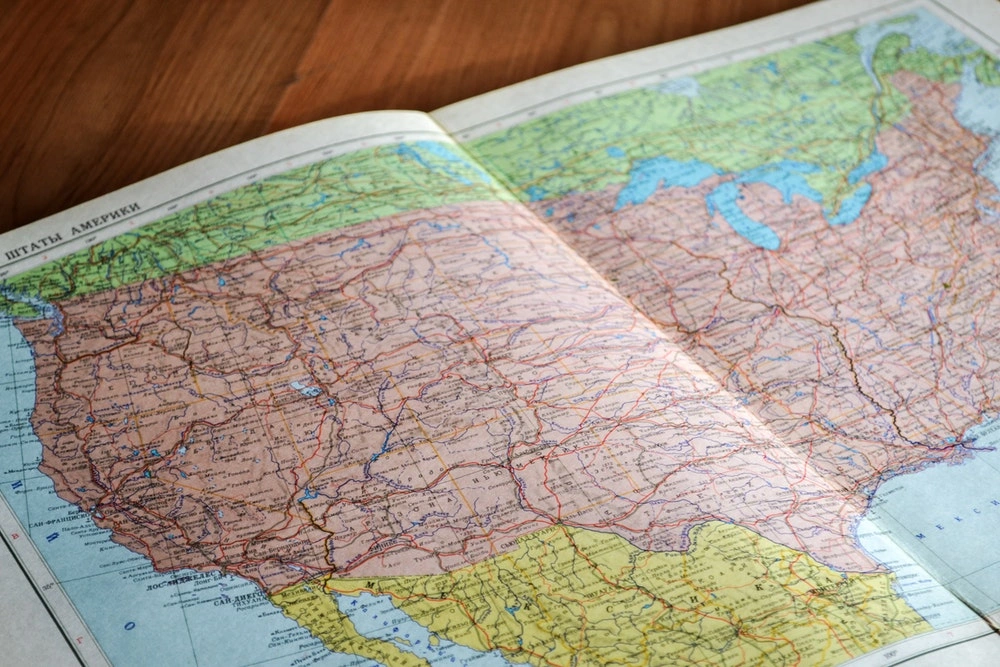
As of publication, 28 states across the country as well as Washington D.C. have legalized marijuana leaves, liquid marijuana and other derivatives for medicinal use. After Colorado passed a law legalizing the use of marijuana for recreational purposes in 2012, 8 other states and the capital have followed suit. But this does not mean that marijuana has been legalized at the federal level.
Although the federal government has left monitoring the use of both medical and recreational marijuana mostly to the states, it is still classified as a Class 1 drug. This means that although multiple states and studies have discovered that it has legitimate medical uses, the federal government has still not changed its legal stance that it has no use medicinally and has high abuse risks.
Aside from Washington, D.C., states that allow medical marijuana include:
|
|
|
Transporting marijuana, even between states that allow it for medicinal uses, can be very difficult. It is much better to secure a prescription from your physician and purchase new supplies at destination rather than transporting marijuana across state borders. This is even more egregious if you attempt to do so to a state that does not allow medicinal use.
Identifying which states will allow you to use marijuana leaves medicinally is crucial if you want to continue using medication without getting into trouble with the law.
What are the Guidelines for Using Medical Marijuana?
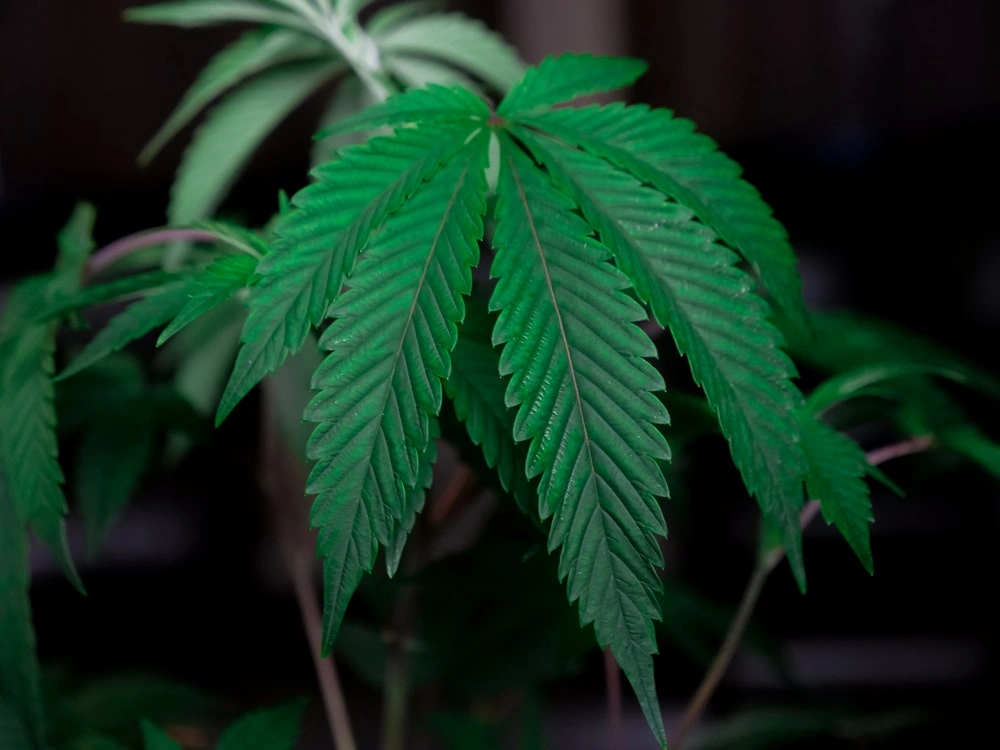
If you do live in a state that allows the use of marijuana for medicinal treatment, there are still regulations and rules you must follow. These are some guidelines that can help you avoid getting into trouble for just using your medication.
-
Always Have Prescription
Never leave your home without your prescription for medicinal marijuana. Ensure that it is legible and protected from wear and tear, like by putting it into a plastic slipcase. It is especially important that you bring your prescription with you if you are carrying around any amount of your medicinal supply.
-
Cultivate Within Limits
There are states that allow people to grow their own marijuana seedlings and plants for medical use in their home. These usually limit the grower to cultivating a handful of plants. Keep the number of seedlings or plants you grow within limits to avoid accusations or legal woes.
-
Check the Dispensary
Make sure the dispensary you purchase your medical supply from is legitimate. Different states have databases you can consult to determine if a dispensary is still accredited and legally selling these merchandise.
-
Use Only at Home
Never use medical marijuana in any other setting than a private home. Not only is it illegal to use marijuana, even medicinally, in a vehicle, even if its parked. Marijuana can also impair movement, judgement and decision making. It can slow reaction times and make interacting with the world outside more dangerous.
-
Do Not Share
If you are medically cleared to use marijuana for a condition, you should never share your supply. Just like with other controlled substances like painkillers, doing so is illegal and dangerous.
Laws that enable the use of marijuana leaves for medical purposes differ from state to state. However, studying the generalities that surround them and learning basic guidelines for using it safely is essential in avoiding trouble from the law.

